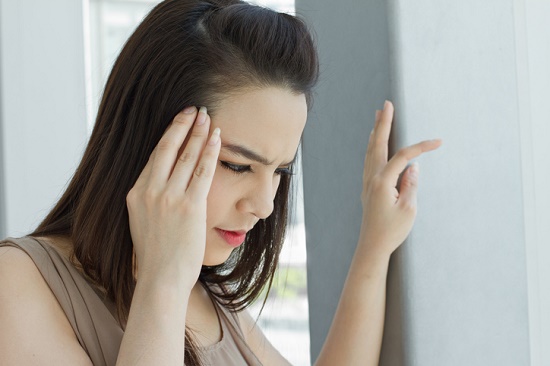
A balance disorder is a condition that causes you to feel dizzy or unsteady, producing the sensation of spinning or floating or moving. And although brief or trivial episodes of dizziness are commonplace and no cause for concern, more severe sensations of spinning (vertigo) or lengthy dizzy spells should be evaluated.
In addition to dizziness, you may also encounter other symptoms including nausea, increased heart rate, anxiety, or panic. Again, if these episodes are particularly severe or extended, it’s wise to seek professional care.
The types and causes of balance disorders are numerous, but before we get to that, let’s quickly review how the body normally preserves its sense of balance.
How the body sustains its balance
We take the body’s ability to maintain balance for granted because it typically works effortlessly behind-the-scenes. But when you think about it, maintaining balance is quite an impressive feat.
Even in motion, your body is able to sense its position and make modifications to hold your body upright, while calling for little to any conscious control. Even when you close your eyes, and eliminate all visual cues, you can precisely sense the position of your head as you shift it up or down, left or right.
That’s because your vestibular system—the collection of organs and structures in your inner ear—can detect any modifications to your head position, sending nerve signals to notify your brain of the change.
Structures in the inner ear referred to as semicircular canals include three fluid-filled ducts placed at roughly right angles to each other. When you move your head, the fluid moves along with it, stimulating the nerve cells that send the information to your brain.
This, along with visual cues and musculoskeletal sensory information, signals the brain to highly accurate modifications in head and body position.
Common balance disorders and causes
Balance disorders are the result of a disruption within the vestibular system or with the brain and its capacity to ascertain and use the information.
Balance disorders can consequently be caused by anything that influences the inner ear or brain. This list includes, but is not limited to, medications, benign tumors, ear infections, head injuries, low blood pressure or other cardiovascular conditions, and some neurological conditions.
Common balance disorders include Meniere’s Disease, Benign Paroxysmal Positional Vertigo (BPPV), Labyrinthitis, Vestibular Neuronitis, together with several others. Each disorder has its own specific causes and symptoms and can be diagnosed only by a professional.
Diagnosis and treatment of balance disorders
The diagnosis and treatment of any balance disorder starts by ruling out any medical conditions or medications that may be resulting in the symptoms. You might need to switch medications or seek treatment for any underlying heart, neurological, or musculoskeletal condition.
If your balance problem is caused by problems with the inner ear, such as with Meniere’s Disease, treatment may include things like nutritional and lifestyle changes, physical manipulations of the head, or medications to ease the symptoms. Your healthcare provider can offer additional information specific to your condition and symptoms.
